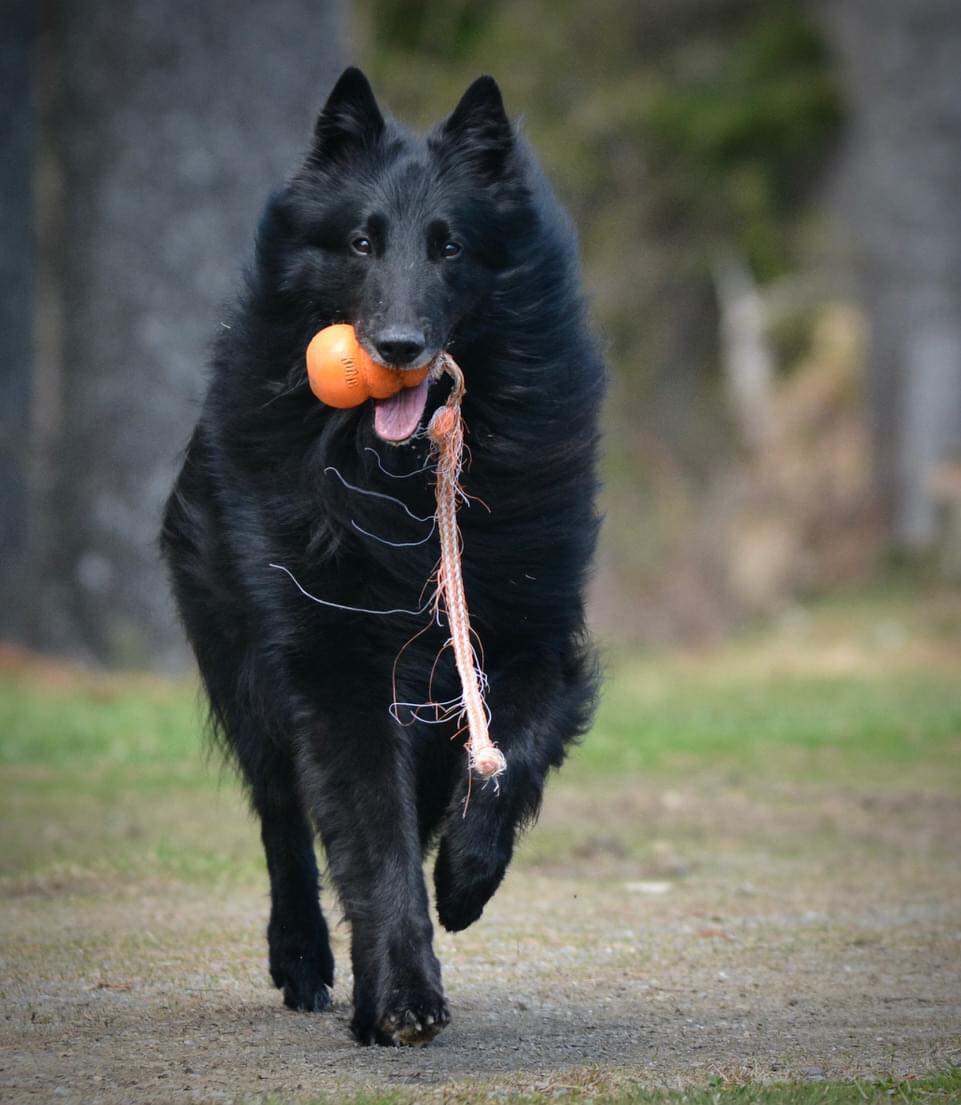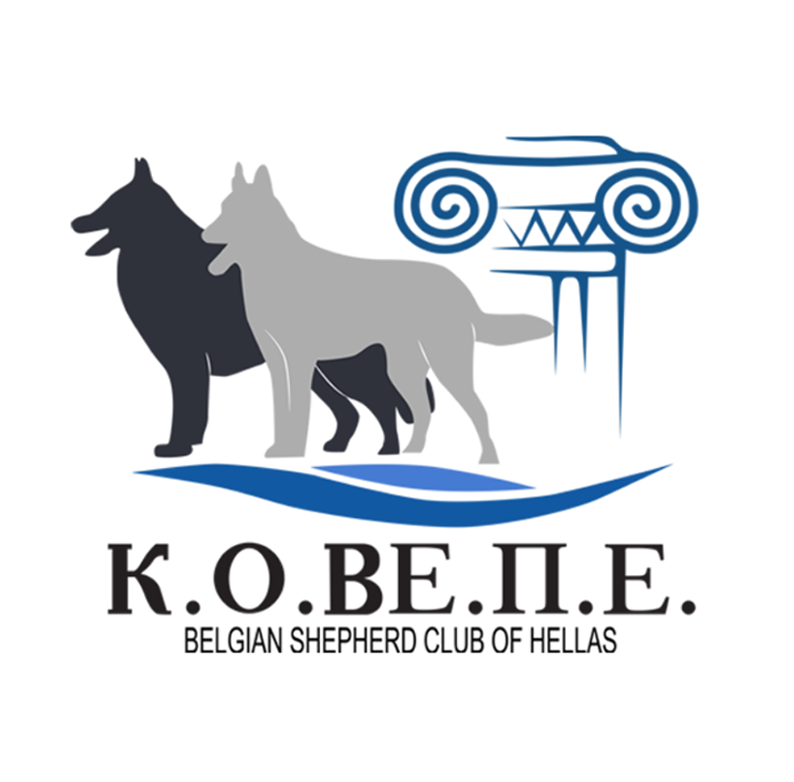
Groenendael

Historical Background & General Information
The Groenendael is one of the four types of the Belgian Shepherd, also known as the Belgian Shepherd or Chien de Berger Belge. This particular type, which has a long black coat, took its name from the Groenendael region of Flemish Brabant in Belgium, where it was developed in the late 1800s. The origin of the Groenendael breed was recorded at the first exhibition in 1891 organized by Professor Reul in Gureghem, where 5 long-haired black male dogs and 2 females were presented for judgment. The winner of the exhibition was a three-year-old female dog named "Petite," owned by Nicolas Rose, the owner of the famous "Chateau de Groenendael" hotel and a breeder from the village of Groenendael south of Brussels. Nicolas Rose, a dog lover, owned several long-haired shepherds. In 1890, he purchased a male dog named "Picard d'Uccle" from a shepherd in Uccle, who was an excellent shepherd dog. The mating between "Petite" and "Picard d'Uccle" produced wonderful dogs with long black coats and strong work instincts. This particular line is considered the beginning of the systematic and organized breeding of the breed. In the standard drafted in 1892 by Professor Reul, Rose's dogs, the Groenendael, were described as long-haired black dogs with a white mark on the chest. Over the years, the density and quality of the coat improved, partly for practical reasons, as it was a working dog living in quite cold climates, and the rich fur protected it from the weather and attacks by other animals. Groenendaels were popular as police dogs, search and rescue dogs, as well as for their service in wars. They are known for their intelligence, obedience, and alertness, as well as for their protective attitude towards their owner and their family. As working dogs, they are still used today for herding, guarding, in police or military service, as well as for companionship and dog sports.

Appearance
The first impression of the Groenendael is that of a well-balanced, compact dog with a graceful appearance and an extremely proud carriage of the head and neck. It is a strong, agile animal, intelligent, and full of vitality. The overall appearance of the dog gives the impression of strength and endurance without appearing heavy, with energy and readiness for action. The triangular ears are erect. The male is somewhat more impressive and larger in comparison to the female, which should have a distinctly feminine appearance.

Coat
The coat is short on the head, the outer side of the ears, and the lower part of the legs, except for the back of the forearm, which is covered from the elbow to the wrist with long hair called fringes. The coat is long and smooth on the rest of the body and longer and more abundant around the neck and chest, where it forms a collar or ruff and apron. The opening of the ears is protected by dense tufts of hair. From the base of the ear, the coat rises and frames the head. The back of the thighs is covered with long abundant hair that forms culottes or trousers. The tail has long, abundant hair forming a plume.

Temperament
Vibrant and free movement in all strides. He is a good trotter, but his normal gait is pacing and especially ambling. The limbs move parallel to the body's mid-level. At high speeds, the legs come closer to the body's mid-level. In the trot, the extension is moderate, the movement is uniform and easy, with good rear thrust, and the backline remains stretched while the front legs do not lift high. Always in motion, he appears tireless. His movement is fast, elastic, and lively. He is adept at sudden changes of direction at full speed. Due to his exuberant nature and desire to guard and protect, he has the characteristic tendency to move in circles.

